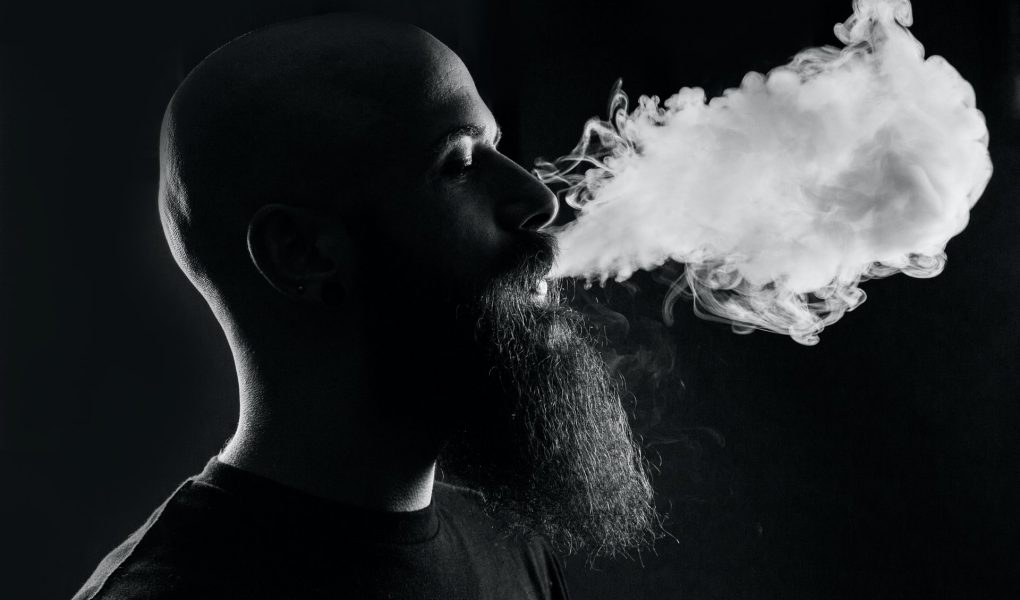As physical health care, secondhand smokers live in close enough proximity to the smoker. They are sharing the air in which the excess vapors are being released into the atmosphere. This smoke is as dangerous as the other fumes that are a side effect of our necessary industries, factories, vehicles, and other motors. There are about 7,000 compounds in secondhand smoke. Many of them are harmful, and around 70 of them can cause disease.
Breathing secondhand smoke can affect your health badly. It causes several health hazards. In such cases, you can go to a rehabilitation clinic for your betterment. It will assist with diminishing the impacts of deep-rooted medical issues like cardiovascular sickness, cancer, and coronary failure. It is done by equipping people with self-management plans. These clinics also used assistive products to check pain or other complications. The notable health effects of secondhand smoke are depicted in the accompanying segment exhaustively.
1. Cardiovascular Diseases
One of the primary parts of smoke is carbon monoxide. Some people have cardiovascular risks such as diabetes. When exposed to carbon monoxide, their health risks go up—the more risk factors, the greater the danger. Secondhand smoking has an immediate detrimental influence on the heart and lungs, potentially leading to heart disease and strokes.
Every year, it causes around 34,000 early passing from coronary illness among nonsmokers in the United States. Non – smokers who are exposed to continue smoking at work or home have a 25–30% higher risk of developing heart disease. It exceedingly raises the chance of illness by 20-30%. Every year, it causes more than 8,000 stroke fatalities.
2. Heart Attack
Inhaling smoke will stop the usual functioning of the brain, liver, and circulation in our body. It raises the chances of going into cardiac arrest. Even a small amount of secondhand smoke can damage the walls of the blood vessels. It also causes platelets in the blood to clump together. These changes have the potential to cause a heart attack and dies. They should take extra care to avoid even brief exposure to smoke.
3. Lung Cancer
The lungs are marvelous organs, designed to draw room air in, transport it through smaller and smaller bronchial tubes, and finally to pull it into the alveoli, tiny microscopic sacs. The oxygen in each breath is absorbed into the bloodstream and the waste gas from the body; carbon dioxide is absorbed into the alveoli to be exhaled.
Anything drawn into the lungs that interfere with this process clogs the tubes or the sacs and gradually destroys our breathing ability. Secondhand smoke is right up there on the list of things that will, over time, destroy lung function. It affects the lungs in those who have never inhaled in this manner. Non – smokers who continue smoking at work or home have 20–30% more chances of growing lung tumors. This has killed more than 7,300 people every year.
Nonsmokers who are exposed to continue smoking detect the same kind of melanoma compounds and poisons as smokers. Only minimal exposure to smoke inhalation can destroy cells to initiate the process of cancer. Being with actual smoking, the higher and more intense the secondhand smoke exposure, the higher the risk of developing lung cancer. Cancer is dose-related, and an hour of exposure probably doesn’t add to your risk factor for cancer unless you have defective genes triggered with only a tiny amount of exposure.
4. Sudden Infant Death Syndrome (SIDS)
Abrupt Child Death Syndrome (SIDS) is a baby’s initial, mystifying passing in the prior year of life. In other healthy newborns, SIDS is the primary cause of death. SIDS is made more likely by secondhand smoking. Smoking by pregnant mothers raises the risk of SIDS.
Children presented to used tobacco after birth are likewise at a greater danger of SIDS. Secondary smoke chemicals seem to impact the brain in ways that conflict with the control of newborn breathing. Babies who kick the bucket from SIDS have more vast measures of nicotine in their lungs and cotinine than newborn children who pass on from different causes.
5. Some Other Diseases and Death
Secondhand smoking can be hazardous in other ways as well. Breathing secondhand smoke, for example, affects the circulatory and respiratory arteries, making it more likely of a heart problem. Openness to used smoking builds the danger of growing yet additionally biting the dust from coronary illness. It also raises the likelihood of getting and dying from a stroke.
Conclusion
It is believed that secondhand smoke indeed imposes a risk to mental and physical well-being. The condition of asthmatic patients is aggravated by the effects of these unnatural gases – otherwise natural when relating to substances derived from the environment. So it is not as bad as smoking it first-hand, but it can still have adverse effects on human beings. There is no protected degree of the majority of the toxic substances in smoke. This is very true in the situation of infants or people with some medical conditions. In short, Secondhand smoke is a misnomer.




